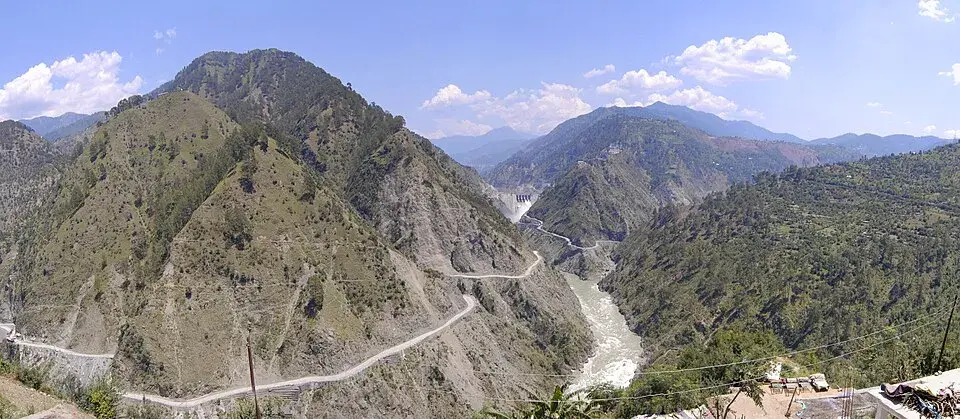A critical lack of rain and decades of mismanagement have left the capital’s reservoirs at 5% capacity, prompting stark warnings of rationing or even evacuation.

TEHRAN — Iran is confronting its most severe water crisis in six decades, a situation so dire that authorities are warning the capital, Tehran, a metropolis of over 10 million people, could soon run out of water.
President Masoud Pezeshkian delivered a blunt warning, stating that immediate rationing is imminent if rains do not arrive before December. “We will have to ration water in Tehran,” the president said. “And if it doesn’t rain after that, there will be no water left and the city will have to be evacuated.”
The crisis follows an extremely hot summer, compounding factors that officials attribute to climate change, “excessive consumption,” and “policies of previous governments,” according to Reuters. The reservoirs supplying the capital have reached their lowest levels in sixty years.
According to the Tehran Water and Sewerage Company (Abfa), available capacity is hovering at just 5%. Mohsen Ardekani, the institution’s director, described the situation as “critical and high-risk” in remarks to the Young Journalists Club.
The problem is not exclusive to the capital. Twelve of the country’s large dams are reportedly below 10% capacity. In Mashhad, Iran’s second-largest city and a holy site for Shiite Islam, the situation is even worse. Hossein Esmaeilian, the chief executive of the local water company, told the ISNA agency that reservoirs feeding its four million inhabitants are just over 3% full, warning that rational water management has become a matter of “necessity.”
While the lack of rainfall is the immediate trigger, experts and critics cited by state media point to deeper, systemic issues: decades of ineffective resource management, the over-construction of dams, widespread illegal well-drilling, and profound inefficiency in the agricultural sector.
Nationally, 92% of renewable water resources are exhausted annually, with 85% of that water diverted for agriculture, a figure far beyond internationally recommended sustainability thresholds.
The effects are already being felt. Although authorities deny formal rationing has begun, the National Water and Sewerage Company has confirmed “nightly pressure reductions” in Tehran. Residents in some neighborhoods told Reuters they can be left without any supply for hours. The crisis is compounded by high consumption; in the capital, seven out of ten inhabitants exceed the standard of 130 liters per day.
The environmental toll is mounting. The Organization for the Protection of the Environment reports that the crisis has led to significant land subsidence in numerous plains, the loss of ecosystems, and the disappearance of lakes and wetlands, which in turn has increased the frequency of dust storms.
The government’s official response has focused on reducing water pressure, initiating water transfers from other basins, and appealing to the public to install storage tanks and moderate consumption. However, critics, cited in publications like Shargh and Etemad, deem these measures insufficient. They accuse the government of politicizing environmental management and appointing “unqualified” managers to critical posts.
The anxiety is palpable in daily life. Residents in Tehran, Mashhad, and some fifty other cities report interruptions and a lack of warning for abrupt cuts. One Tehran resident, quoted by EFE, summarized the general feeling: “We all talk about the fear of the city running out of water, it would be disastrous. It’s impossible to live without water.”
Keep Independent Journalism Alive
In a world flooded with noise, independent journalism is more vital than ever. We work hard to bring you clear, accurate, and unbiased international news — free from corporate or political influence.If you believe in the power of honest reporting, please consider making a donation. Every contribution, big or small, helps us stay independent and keep the world informed.
Support us via PayPalYour support makes a difference.


